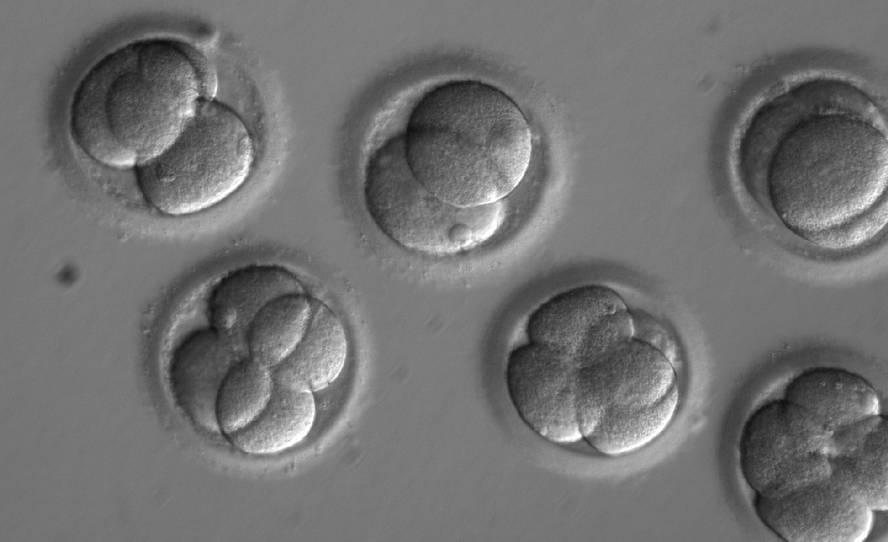Direct a mutation that causes disease in human embryos

Using the CRISPR genome editing technique, they direct a mutation that produces a disease in human embryos. Researchers have come to the conclusion that it can be an effective and safe way to prevent the passage of certain genetic diseases to offspring, although they have made it clear that much must still be improved to be able to use them clinically. The work has been published in the journal Nature.
Researchers from the Salk Institute, Oregon University of Health and Science and the Korea Institute of Basic Sciences have directed a mutation that causes hypertrophic cardiomyopathy in human embryos. This heart disease is due to a mutation of the MYBPC3 gene. To work with this mutation, the eggs of the first healthy women were fertilized with the hope of men carrying the mutation. This created cytotes with a normal copy of the MYBPC3 gene and a mutation. However, inserting sperm into the egg introduced the CRISPR-Cas9 enzyme designed to eliminate the mutation. He removed the mutated copy and then, in most cases, from the direct copy from the oculus in which the embryos reconstructed the gene.
The CRISPR-Cas9 system cut DNA in all cases in an appropriate location and of the 58 embryos, 42 (72%) reconstructed the gene well and advanced with two direct copies in all embryo cells. Unnecessary DNA fragments were introduced into the rest of the embryos in the reconstruction process. On the other hand, it is verified that no change has occurred outside the place that was wanted to be edited.
The researchers have concluded that the use of the CRISPR technique along with in vitro fertilization can be an effective way to prevent monogenic diseases such as hypertrophic cardiomyopathy, and have considered an important step in this path. However, they have made it clear that to use this technique in the clinic it is still necessary to investigate much more and take into account the ethical problems and concerns that may cause.





